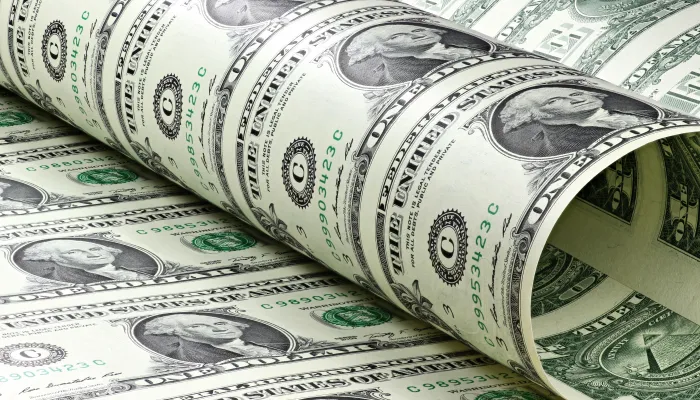Get Ready for Budget Numbers to Change
As of Wednesday's GDP report, GDP for fiscal year 2012 was revised upward by roughly $560 billion to a total of $16.2 trillion. This almost Houdini-like event is due in no part to direct increases in production and consumption, but rather it is the result of the Bureau of Economic Analysis's (BEA) new accounting system. The bottom line is that the way we measure GDP has changed, and that will change budget metrics as a share of GDP (both going forward and retrospectively), but the underlying facts about our budget challenges remain.
Donald Marron draws attention to these GDP changes in a recent blog post regarding the relative decrease in size of the U.S. government in relation to the larger GDP numbers. The nearly $560 billion increase in GDP is largely the result of accounting for things like research and development and artistic creation as capitalized investments rather than immediate expenses. These changes also changed historical GDP growth rates which Catherine Rampell of The New York Times notes, among other things, meant that the Great Recession was not as steep and the recovery slightly better than we thought, at least in terms of that one measure.
These changes to the accounting system have no direct effect on the federal budget - nominal totals of revenue, spending, and debt remain the same. The changes merely improve BEA's measures of fixed investment and allows for a better measurement of the effects innovation and intangible assets have on the economy, producing a better estimate of GDP. But because GDP is larger under the new measure, the revisions also have resulted in federal government spending, revenues, deficits, and debt becoming smaller relative to the economy, as the charts below show.
Source: OMB, BEA
So what does this mean for our budgetary numbers? Though nominal values stay the same, we now know that revenue, spending, and debt as a share of GDP are and have been lower than we previously thought. As an example, we've typically described historical revenue levels at about 18 percent of GDP, but these new numbers put it closer to 17.5 percent. Spending has typically been described as averaging 21 percent of GDP over the past 40 years, but these new numbers put it about 0.5 percentage points lower as well.
The table below, in part with data from Marron's post shows how the 40-year historical averages of different budget metrics have changed.
| 1973-2012 Average, Percent of GDP | ||
| Old | Revised | |
| Revenue | 17.9% | 17.4% |
| Spending | 21.0% | 20.4% |
| Deficit | -3.1% | -3.0% |
| Debt | 39.2% | 38.0% |
| Memorandum: 2013 Debt | 75.1% | 72.5% |
Source: Marron, CBO, BEA
As for the debt, the revised historical average is 38 percent of GDP rather than 39.2 percent previously thought. Importantly, this new measure of GDP will also change the way we measure debt going forward. In its most recent outlook, CBO estimated the 2013 debt level at 75 percent of GDP. Based on this new measure, debt is actually 2.5 percentage points lower at 72.5 percent. Whether or not this means we have additional capacity to carry our debt is unclear, but what is clear is that the numbers going forward will look different from those reported previously.
BEA's revisions will change the past and present budget picture somewhat, but they leave the underlying trend largely unchanged. We expect that when CBO revises its budget estimates, absent deficit reduction legislation, debt will continue to be rising on an unsustainable long-term path albeit at a slightly lower level in relation to GDP. The numbers may be different, but the story will likely remain the same.


